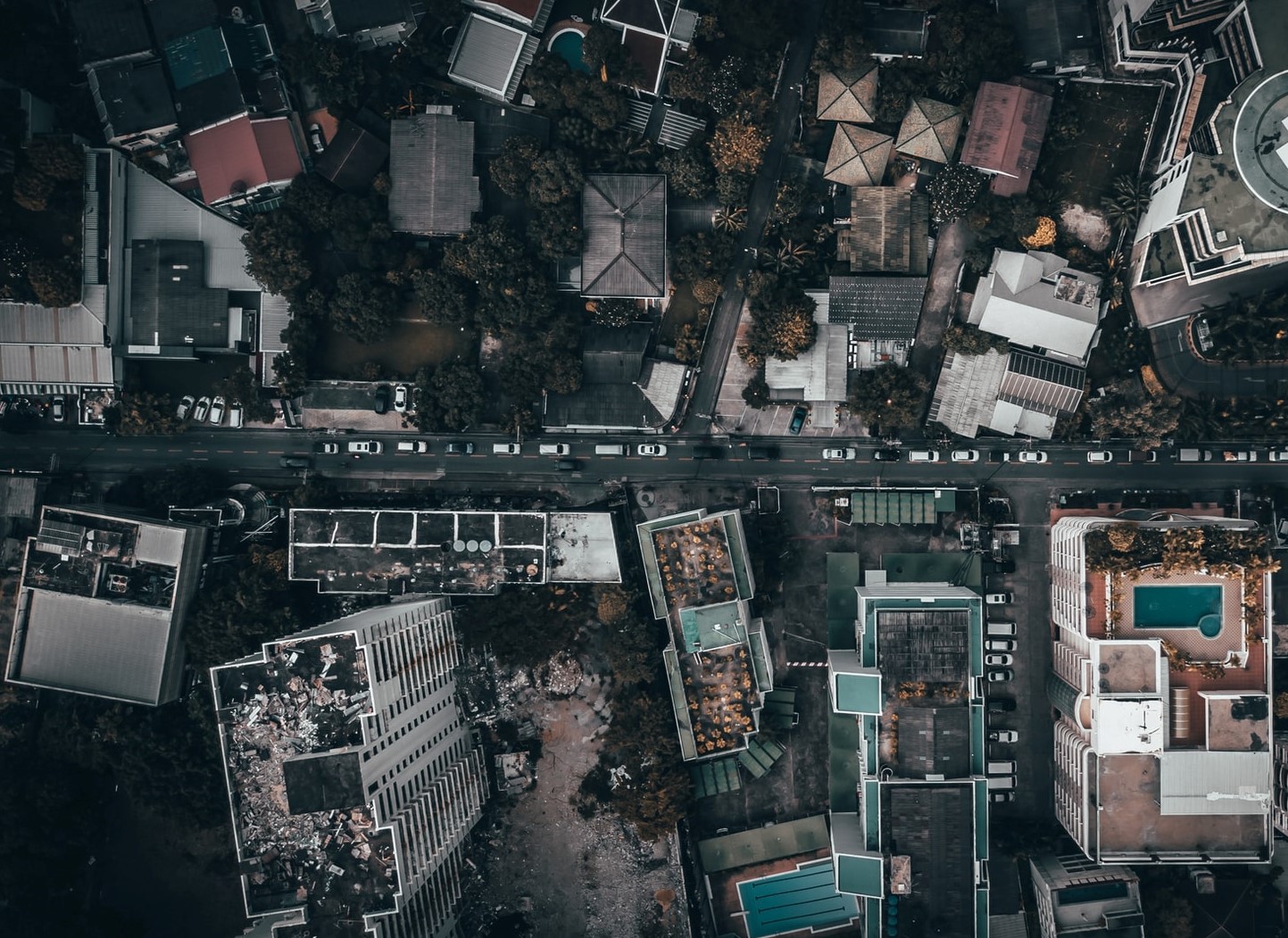We do nothing other than listen to the expression “urban music.” The 21st century has brought many new things with it and one of the most repeated and practiced is this type of music born in the cities, in the neighborhoods, in the houses and rooms, even of young people and not so young.
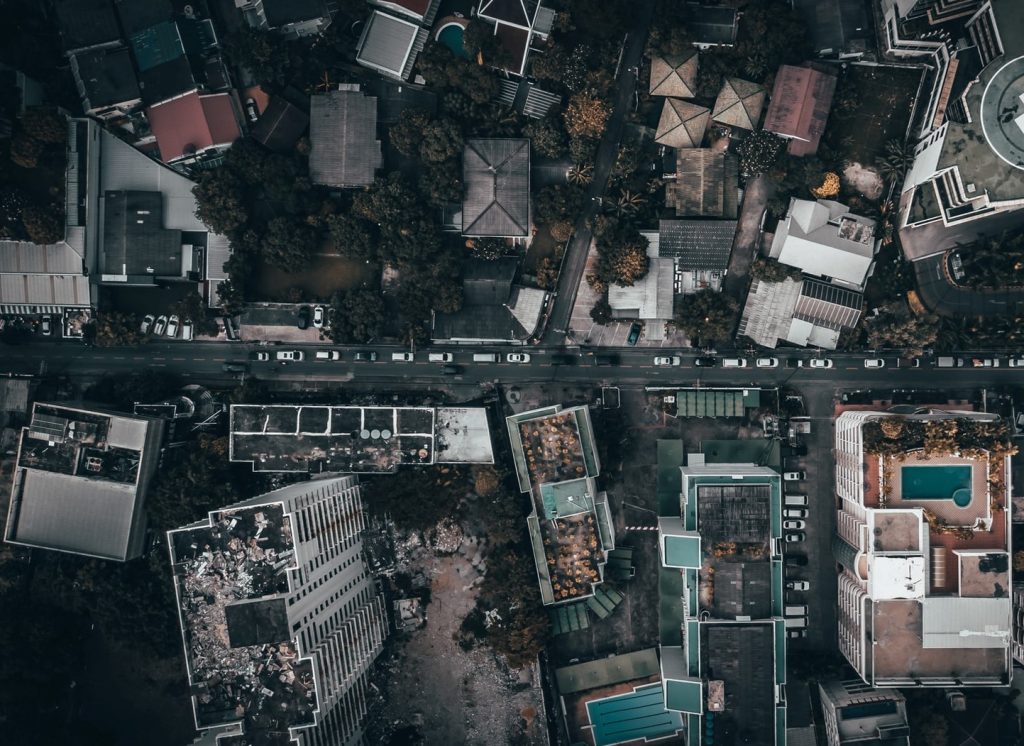 Urban music comes out of the neighborhoods Let's see where it came from, what exactly we understand by urban music and some of the forms it has taken.
Urban music comes out of the neighborhoods Let's see where it came from, what exactly we understand by urban music and some of the forms it has taken.
What is urban music?
If we read this expression that closely brings together the words “music” and “urban”, without a historical context or any more information, we could think that urban music is anything that has been created in cities, in neighborhoods, that smells of asphalt, to crowds. But, as with most labels, this short, simple and blunt expression actually has somewhat more precise connotations. The urban musicalso known as contemporary urban musicrefers to a series of musical genres that were born between the 1980s and 1990s and became more and more popular in the first decades of the 20th century. The expression was popularized by New York radio host DJ Frankie Crocker in the first half of the 1970s as a synonym, in practice, for black music. The fact is that, at the end of the 20th century, somewhat in response to Disco music, a good number of productions with African American roots, the so-called black music, began to recover elements of traditional Rhythm and Blues and Soul. The rise of Hip hop, the development of musical technology and the progressive increase in performers of Latin origin gave rise to a series of genres that enriched the panorama and that are often included in the concept urban music. An acceptable definition for urban music could include a tendency to use dance rhythms and street references in any of its aspects.
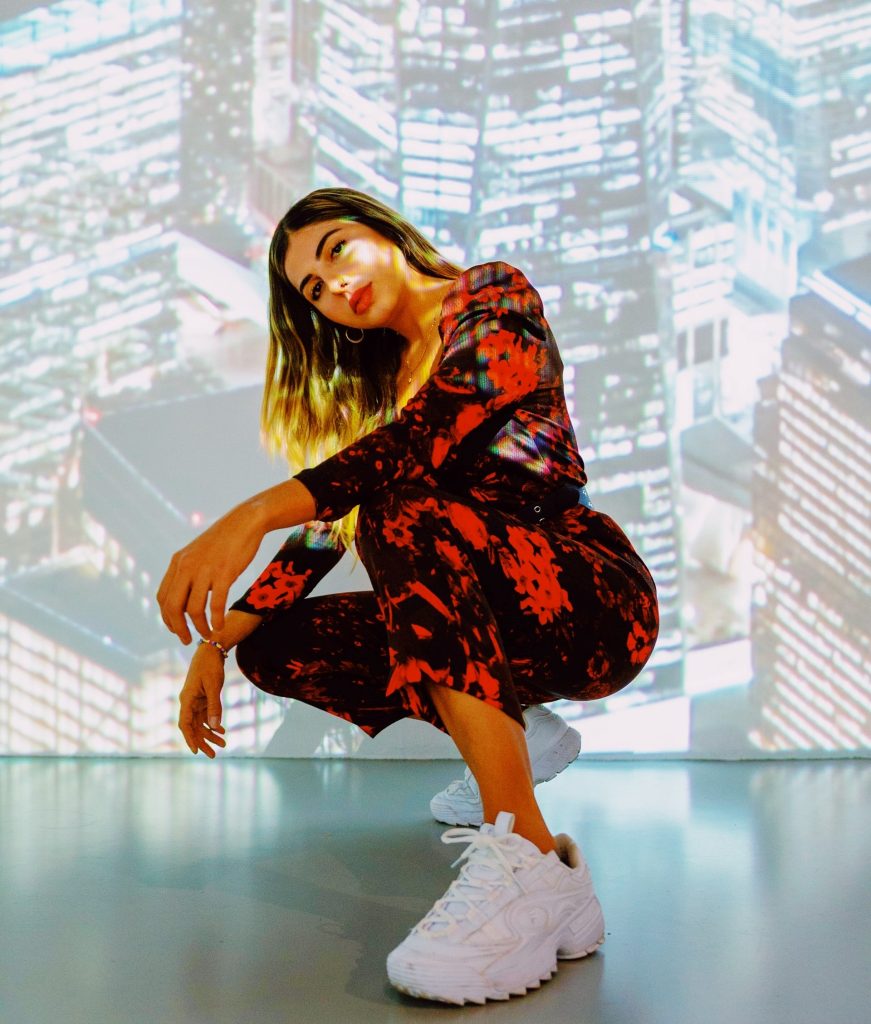 Women and urban music
Women and urban music
Types of urban music
If we have agreed that urban music is a kind of umbrella that covers a good number of genres, a kind of transversal style that appears in multiple artists and songs, in one way or another, then we must talk a little about those specific musical genres. that claim their urban character. Let's look at some of the most popular ones.
New Jack Swing
One of the first genres that clearly embraced that rawer, more street sound, was the so-called New Jack Swing. In the late 1980s, some artists and producers began to mix Rhythm & Blues-scented melodies with Hip Hop rhythms, distancing themselves from the balladeers who had dominated the decade until then. Producers like Babyface or Teddy Riley and singers like Bobby Brown or Keith Sweat were champions of this new genre in those years.
Contemporary Rhythm & Blues
He modern R&Bstarting in the 1990s, is a genre that, starting from Rhythm and Blues, added characteristics and sounds typical of Pop, Soul, Funk, Hip hop and even elements of electronic music. With a great weight on the production and sound design of the recordings, contemporary technologies and tools were used such as drum machines, digital manipulation of voices and a growing interest in Hip Hop bases, although without so much rawness in its sound. . Mary J. Blige and Beyoncé were one of the first and most important performers of this contemporary genre, which is still practiced, with more added influences, today.
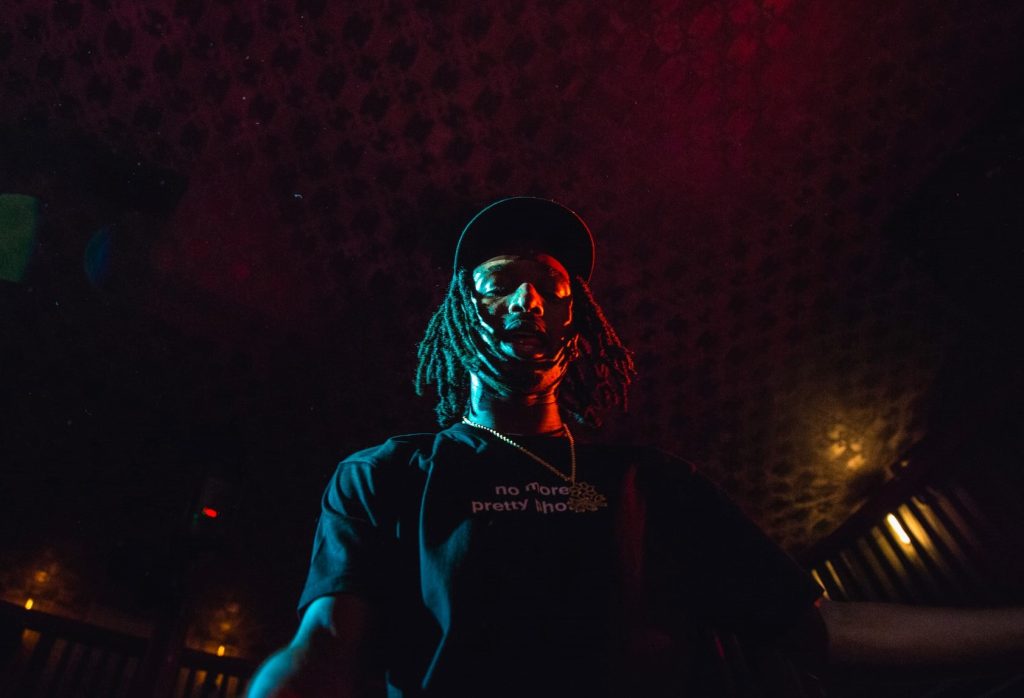 Man and urban music
Man and urban music
Reggaeton
But urban music has a lot of Latin and the first genre that, based on these urban bases, had an international impact was the so-called Reggaeton. The genre, based on the characteristic “dembow” rhythm, was consolidated in Puerto Rico during the 1990s. With influences both Caribbean, such as Dance Hall or Reggae, and North American, Hip hop, especially the lyrics in Spanish and The imagery of the Caribbean neighborhoods shaped its characteristic sound and style. Ivy Queen and, above all, Daddy Yankee, among others, promoted the genre in its early years until achieving international success.
trap
But, what we know as urban music has continued to bear fruit over the years. Among the new genres that have appeared in this profile of dance and street music and songs, is the trap. Originally, with a lot of Hip Hop influence, Trap emerged in Altanta, USA, during the 2000s. The use of synthesized percussion, complex patterns on the hi-hat or hi-hat, and also digitally processed kick drums or kick drums, added to The lyrics of the songs, focused on street life, drug buying and selling, and urban violence, gave the genre its character and definition. Apart from the pioneers from Atlanta, producer Lex Luger and 808 Mafia, they began to popularize the genre in the United States. Later, with much better known artists such as Drake or Cardi B, among many others, including Trap elements in their recordings, the genre evolved and became known throughout the world, also infiltrating other genres of urban music, until present.
 Home studio and urban music
Home studio and urban music
Conclusions
We have left out some ingredients, genres and many artists who have practiced urban music in some way. One of the problems with labels, often promoted by radio stations and streaming services, and especially when they are so broad and cover so many musical phenomena, is that we do not know exactly where their influence begins and ends. In any case, having made this modest introduction, it is important to emphasize that this has happened when it could have happened, as so many times. Urban music, with all that musical terrain under its wings, has been considered the new Pop, a label capable of bringing together and describing, to some extent, many of these products and musical genres that have had commercial success. Technological innovations, the flows of people from one place to another on the globe and economic globalization itself have contributed to such a varied and transversal style of music not only occurring but also being able to be heard anywhere in the world. Latinos had been in the United States for decades and were never able to access the first commercial division. Much of African American culture, the same.
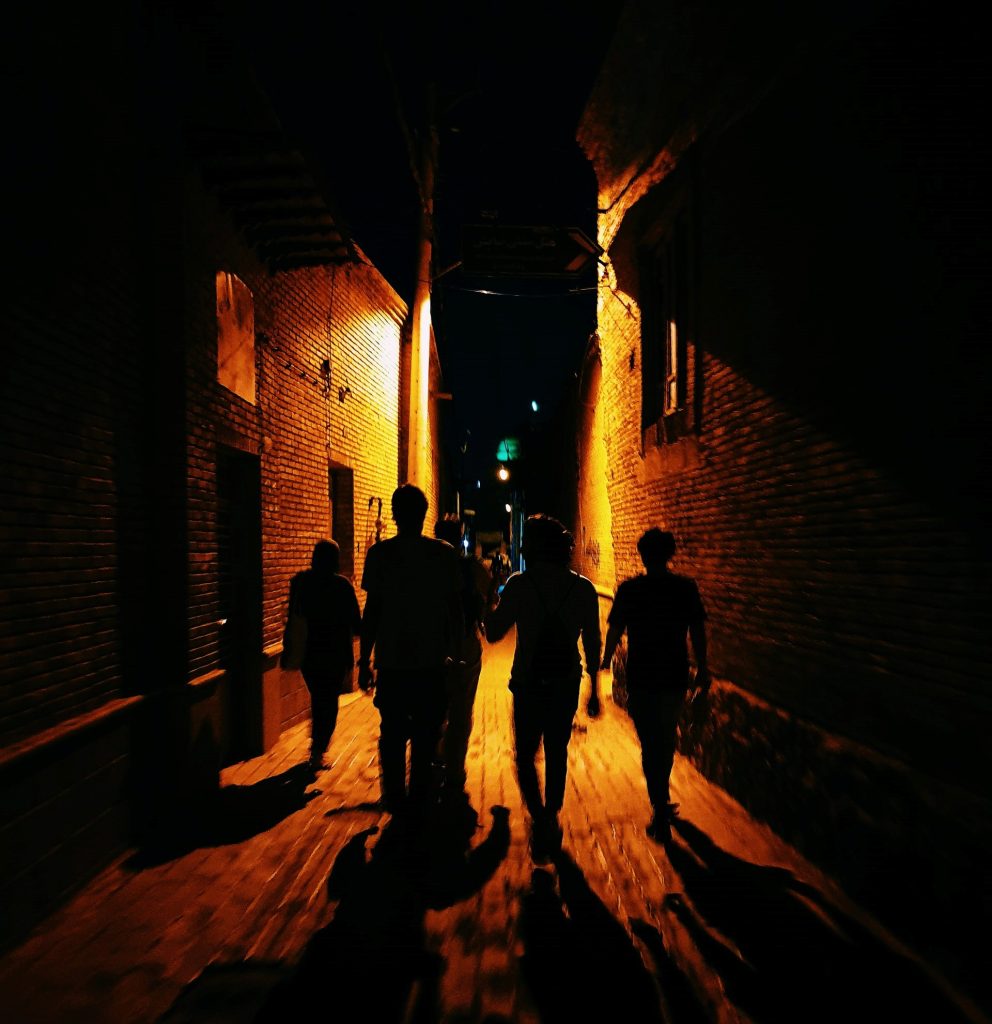 The street and urban music Composing songs, experimenting with sound and technology in musical recordings in home studios or, of course, writing lyrics that speak the everyday language of young people has always been, in modern culture, at least, a excellent vehicle for musical innovation, artistic expression and human relations, in general. The 21st century has broken down many frontiers, many limitations in life, in art, in music and, although, as we well know, the new century has not even brought us only good news, one thing cannot be denied: we have never Before there was so much music available, so many songs accessible through multiple channels for anyone, so many people expressing themselves through composition or listening, and that is, for those of us who like music, very good news. Let the songs continue. Let the music continue. #mailpoet_form_3 .mailpoet_form { } #mailpoet_form_3 .mailpoet_column_with_background { padding: 10px; } #mailpoet_form_3 .mailpoet_form_column:not(:first-child) { margin-left: 20px; } #mailpoet_form_3 .mailpoet_paragraph { line-height: 20px; margin-bottom: 20px; } #mailpoet_form_3 .mailpoet_segment_label, #mailpoet_form_3 .mailpoet_text_label, #mailpoet_form_3 .mailpoet_textarea_label, #mailpoet_form_3 .mailpoet_select_label, #mailpoet_form_3 .mailpoet_radio_label, #mailpoet_form_3 .mailpoet_checkbox_label, 3 .mailpoet_list_label, #mailpoet_form_3 .mailpoet_date_label { display: block; font-weight: normal; } #mailpoet_form_3 .mailpoet_text, #mailpoet_form_3 .mailpoet_textarea, #mailpoet_form_3 .mailpoet_select, #mailpoet_form_3 .mailpoet_date_month, #mailpoet_form_3 .mailpoet_date_day, #mailpoet_form_3 .mailpoet_date_year, #mailpoet_form_3 .mailpoet_date { display :block; } #mailpoet_form_3 .mailpoet_text, #mailpoet_form_3 .mailpoet_textarea { width: 200px; } #mailpoet_form_3 .mailpoet_checkbox { } #mailpoet_form_3 .mailpoet_submit { } #mailpoet_form_3 .mailpoet_divider { } #mailpoet_form_3 .mailpoet_message { } #mailpoet_form_3 .mailpoet_form_loading { width: 30px; text-align: center; line-height: normal; } #mailpoet_form_3 .mailpoet_form_loading > span { width: 5px; height: 5px; background-color: #5b5b5b; }#mailpoet_form_3{border: 1px solid #fcb900;border-radius: 40px;text-align: center;}#mailpoet_form_3 form.mailpoet_form {padding: 20px;}#mailpoet_form_3{width: 70%;}#mailpoet_form_3 .mailpoet_message {margin : 0; padding: 0 20px;}#mailpoet_form_3 .mailpoet_paragraph.last {margin-bottom: 0} @media (max-width: 500px) {#mailpoet_form_3 {background-image: none;}} @media (min-width: 500px) { #mailpoet_form_3 .last .mailpoet_paragraph:last-child {margin-bottom: 0}} @media (max-width: 500px) {#mailpoet_form_3 .mailpoet_form_column:last-child .mailpoet_paragraph:last-child {margin-bottom: 0}} Please leave this field emptyDo you write songs or would you like to?
The street and urban music Composing songs, experimenting with sound and technology in musical recordings in home studios or, of course, writing lyrics that speak the everyday language of young people has always been, in modern culture, at least, a excellent vehicle for musical innovation, artistic expression and human relations, in general. The 21st century has broken down many frontiers, many limitations in life, in art, in music and, although, as we well know, the new century has not even brought us only good news, one thing cannot be denied: we have never Before there was so much music available, so many songs accessible through multiple channels for anyone, so many people expressing themselves through composition or listening, and that is, for those of us who like music, very good news. Let the songs continue. Let the music continue. #mailpoet_form_3 .mailpoet_form { } #mailpoet_form_3 .mailpoet_column_with_background { padding: 10px; } #mailpoet_form_3 .mailpoet_form_column:not(:first-child) { margin-left: 20px; } #mailpoet_form_3 .mailpoet_paragraph { line-height: 20px; margin-bottom: 20px; } #mailpoet_form_3 .mailpoet_segment_label, #mailpoet_form_3 .mailpoet_text_label, #mailpoet_form_3 .mailpoet_textarea_label, #mailpoet_form_3 .mailpoet_select_label, #mailpoet_form_3 .mailpoet_radio_label, #mailpoet_form_3 .mailpoet_checkbox_label, 3 .mailpoet_list_label, #mailpoet_form_3 .mailpoet_date_label { display: block; font-weight: normal; } #mailpoet_form_3 .mailpoet_text, #mailpoet_form_3 .mailpoet_textarea, #mailpoet_form_3 .mailpoet_select, #mailpoet_form_3 .mailpoet_date_month, #mailpoet_form_3 .mailpoet_date_day, #mailpoet_form_3 .mailpoet_date_year, #mailpoet_form_3 .mailpoet_date { display :block; } #mailpoet_form_3 .mailpoet_text, #mailpoet_form_3 .mailpoet_textarea { width: 200px; } #mailpoet_form_3 .mailpoet_checkbox { } #mailpoet_form_3 .mailpoet_submit { } #mailpoet_form_3 .mailpoet_divider { } #mailpoet_form_3 .mailpoet_message { } #mailpoet_form_3 .mailpoet_form_loading { width: 30px; text-align: center; line-height: normal; } #mailpoet_form_3 .mailpoet_form_loading > span { width: 5px; height: 5px; background-color: #5b5b5b; }#mailpoet_form_3{border: 1px solid #fcb900;border-radius: 40px;text-align: center;}#mailpoet_form_3 form.mailpoet_form {padding: 20px;}#mailpoet_form_3{width: 70%;}#mailpoet_form_3 .mailpoet_message {margin : 0; padding: 0 20px;}#mailpoet_form_3 .mailpoet_paragraph.last {margin-bottom: 0} @media (max-width: 500px) {#mailpoet_form_3 {background-image: none;}} @media (min-width: 500px) { #mailpoet_form_3 .last .mailpoet_paragraph:last-child {margin-bottom: 0}} @media (max-width: 500px) {#mailpoet_form_3 .mailpoet_form_column:last-child .mailpoet_paragraph:last-child {margin-bottom: 0}} Please leave this field emptyDo you write songs or would you like to?
Email * I have read and accept the Privacy Policy With the Guide «The journey of a song» as a gift Check your inbox or spam folder to confirm your subscription.

